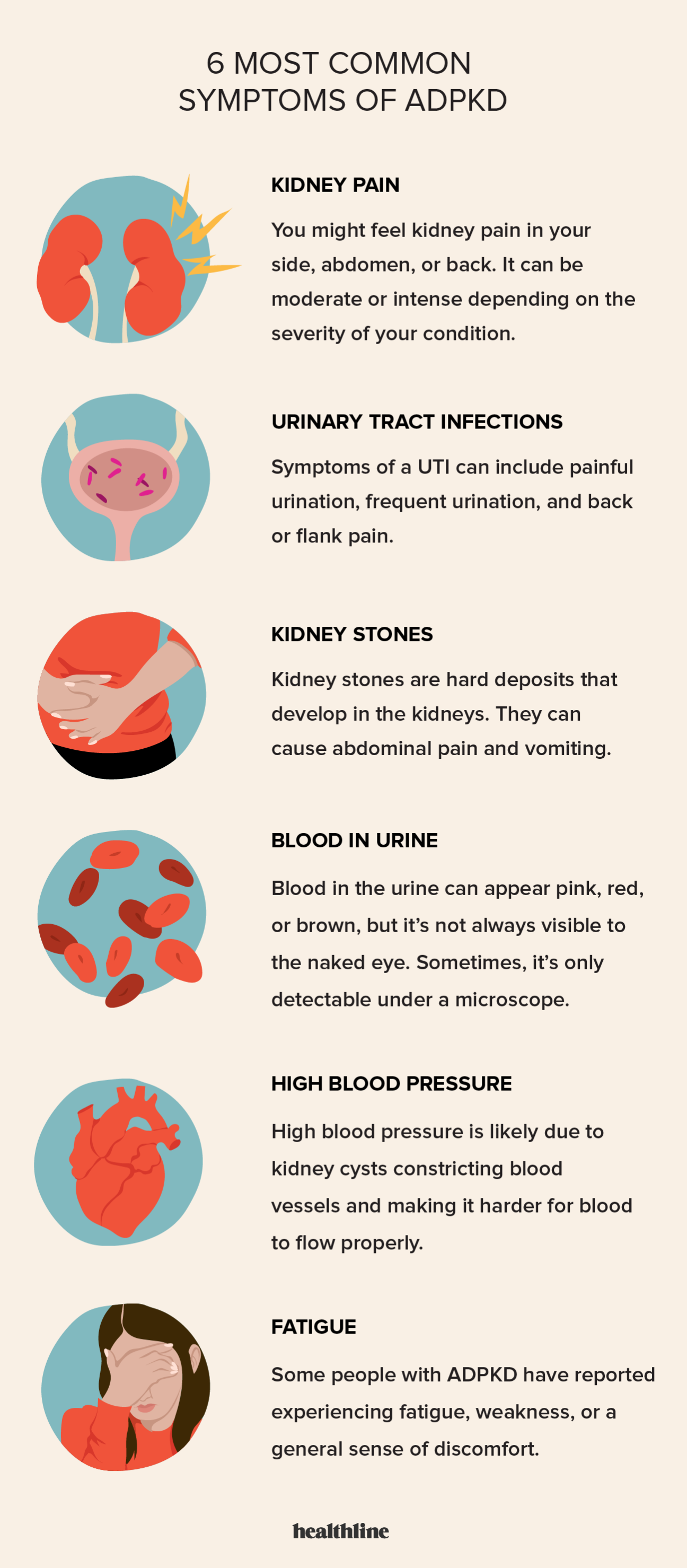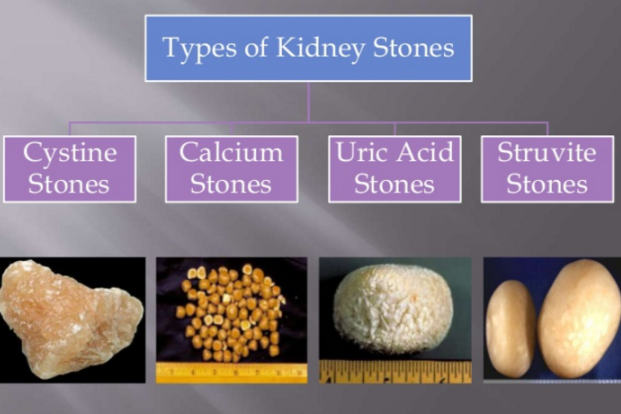Kidney Stones vs UTI: Important Info on Treatment Choices and Prevention
Comprehending the Trick Distinctions In Between Kidney Stones and Urinary Tract Infections: A Comprehensive Review for Individuals
Comprehending the distinctions in between kidney stones and urinary system system infections (UTIs) is necessary for people that might be experiencing similar signs and symptoms yet encounter vastly different wellness difficulties. While both conditions can manifest pain in the reduced abdominal area or back, their hidden reasons, diagnostic techniques, and treatment methods diverge significantly. A nuanced comprehension of these distinctions not only help in precise self-assessment yet likewise informs discussions with medical care carriers. As we discover these critical facets, it ends up being clear that recognizing the unique attributes of each problem can greatly impact patient outcomes. What may be the most effective technique to addressing these differences?
Overview of Kidney Stones
The development of kidney stones, a agonizing and commonly devastating problem, highlights the crucial relevance of keeping kidney health and wellness. The key kinds of kidney stones consist of calcium oxalate, calcium phosphate, uric acid, struvite, and cystine stones, each with distinctive causes and threat factors.
Numerous elements contribute to the formation of kidney stones. In addition, metabolic conditions and particular medical problems might incline individuals to stone formation.
Signs of kidney stones can consist of extreme flank discomfort, hematuria, and nausea or vomiting, which frequently prompt immediate clinical examination. Treatment options differ, varying from increased liquid intake and dietary alterations to medical interventions such as lithotripsy or surgical removal, relying on the dimension and location of the stones. Recognizing these elements is vital for effective avoidance and monitoring.
Introduction of Urinary System Infections
Urinary tract infections (UTIs) represent an usual yet significant wellness concern, impacting millions of people yearly. These infections take place when bacteria go into the urinary system, which consists of the kidneys, ureters, bladder, and urethra.
The risk variables for developing a UTI consist of sex-related activity, certain types of contraception, urinary retention, and a history of previous infections. Individuals with damaged pre-existing conditions or immune systems, such as diabetes mellitus, might also be at higher danger. UTIs can be identified into two primary kinds: straightforward and complicated. Straightforward UTIs are generally limited to the bladder and are much more typical in healthy individuals, while difficult UTIs may involve the kidneys and occur in those with underlying wellness concerns.
Motivate medical diagnosis and therapy are important to avoid problems, such as frequent infections or kidney damages (Kidney Stones vs UTI). Commonly, UTIs are treated with antibiotics, and safety nets can be employed for those with constant events
Common Signs And Symptoms Contrast
Signs of urinary tract infections and kidney stones can often overlap, bring about confusion in medical diagnosis. Both conditions can offer with discomfort in the reduced abdominal area or back, however the nature and location of the discomfort typically differ. In urinary system system infections (UTIs), clients generally experience a burning experience throughout urination, constant advises to urinate, and over cast or strong-smelling urine. In comparison, kidney stones tend to create serious, pain that radiates from the back to the reduced abdomen and groin, often defined as colicky pain.
In addition, UTIs may be accompanied by high temperature and chills, specifically in much more extreme cases, while kidney stones can lead to nausea or vomiting and vomiting because of extreme pain. Both problems can result in blood in the pee (hematuria), yet the existence of blood is extra typically linked with kidney stones. While pain throughout urination is a trademark of UTIs, kidney stones commonly present with more acute pain episodes, which might go and come. Understanding these sign differences can assist clients in identifying their condition, although medical examination click to investigate remains vital for exact diagnosis and therapy.
Medical Diagnosis Approaches
Just how can medical care professionals properly differentiate between kidney stones and urinary system system infections? The analysis process starts with a comprehensive case history and a detailed review of the person's company website symptoms. Medical professionals often perform a health examination, which may disclose tenderness in the abdomen or flank region, directing the diagnostic pathway.
Lab examinations play an essential duty in comparing these 2 problems. Kidney Stones vs UTI. A urinalysis can recognize the visibility of blood, crystals, or microorganisms, which are a sign of either condition. In cases of urinary system tract infections, the urinalysis may reveal a substantial existence of white blood cells and nitrites, while kidney stones may provide with certain crystals
Imaging research studies, such as abdominal ultrasound or computed tomography (CT) checks, are crucial for envisioning kidney stones. These imaging techniques allow doctor to examine stone size, location, and possible obstructions in the urinary system tract. In comparison, urinary system infections commonly do not need imaging unless complications are believed.
With each other, these diagnostic approaches empower medical care experts to accurately detect and separate between kidney stones and urinary system tract infections, making sure that patients get appropriate care and monitoring.
Treatment Options and Avoidance
While both kidney stones and urinary system infections (UTIs) call for timely treatment, their administration strategies vary significantly.
The treatment for kidney stones typically entails pain administration, hydration, and in many cases, medical procedures such as extracorporeal shock wave lithotripsy (ESWL) or ureteroscopy to break or get rid of down stones. Patients are often advised to boost liquid consumption to help with stone flow and reduce reoccurrence. Nutritional modifications may likewise be needed, relying on the stone type.
In comparison, UTIs are largely treated with antibiotics to eliminate the bacterial infection. The details antibiotic recommended you read prescribed depends on the germs determined and regional resistance patterns. Added measures, such as enhanced fluid intake and urinary analgesics, may aid alleviate symptoms.
Prevention methods vary also; for kidney stones, maintaining adequate hydration and adhering to nutritional restrictions can be reliable. For UTIs, precautionary approaches include correct health methods, urinating after intercourse, and possibly prophylactic anti-biotics for recurrent infections. Recognizing these therapy and prevention modalities is important for effective management and to minimize the threat of issues connected with both conditions.
Verdict

Understanding the distinctions in between kidney stones and urinary system system infections (UTIs) is vital for people that may be experiencing comparable signs and symptoms yet face greatly different health difficulties. The main kinds of kidney stones include calcium oxalate, calcium phosphate, uric acid, struvite, and cystine stones, each with unique causes and threat variables.
